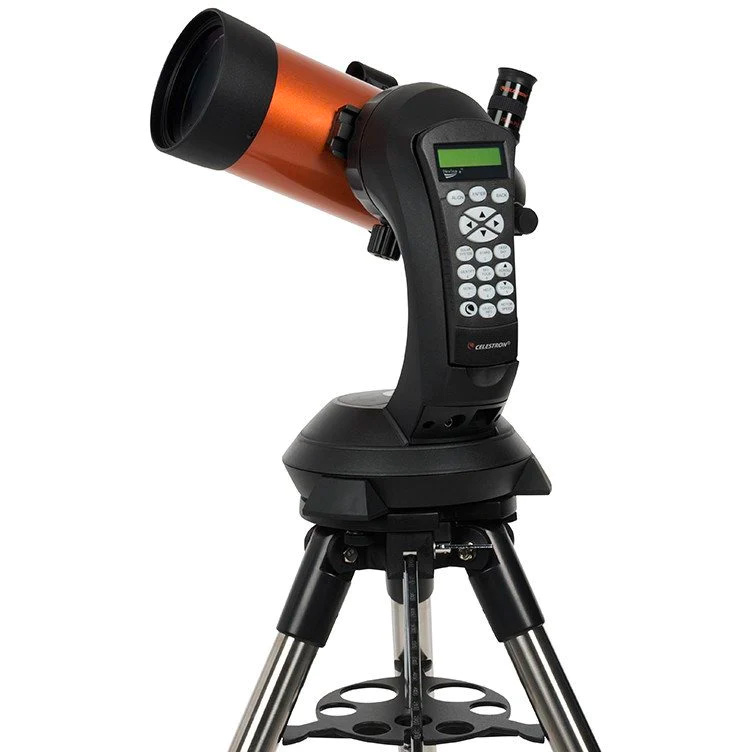
Wednesday evening will be another one of those special occasions when the two brightest objects in the night sky will get together and likely will attract a lot of attention, even from those who normally do not spend much time gazing up at the sky.
If you face south-southwest about 45 minutes after sunset during mid-twilight you'll see a beautiful crescent moon. And floating about 3 degrees above it will be the dazzling Evening Star: the planet Venus. Remember that your clenched fist is roughly equal to 10 degrees when held at arm's length. So, Venus will appear about "one-third of a fist" above the moon.
Venus is the one object that has been calling attention to itself as soon as the sun has slipped below the horizon, dazzling in the south-southwest sky, about one-quarter of the way up from the horizon to the overhead point. Predictably, I've gotten quite a few inquiries about it in recent days. Typically, they've gone something like this: "I was out walking last week and was sure I saw a U.F.O. Or maybe it was the International Space Station. Is there anything that could explain this sighting?"
Venus climbs higher

Want to see Venus or moon up close? The Celestron NexStar 4SE is ideal for beginners wanting quality, reliable and quick views of celestial objects. For a more in-depth look at our Celestron NexStar 4SE review.
Some folks are rather surprised when they find out that Venus has been an evening object since mid-summer. And yet, most are getting their first good look at it now. Of course, several months ago, Venus was considerably lower in the western sky, and setting much closer to sunset.
But the best is yet to come!
Through the rest of December into January, Venus will climb progressively higher in the sky and consequently will set later after sundown. On Jan. 10, Venus will arrive at its greatest eastern elongation — its greatest angular distance east of the sun. Just a few days later it will be setting almost four full hours after the sun.
And during the first ten days of February, Venus will stand 40 degrees above the southwest horizon at sunset, soaring as high as it will get for this current evening apparition.
Illusion of perspective
Keep in mind that what you will be seeing in Wednesday's sky is an illusion created by the geometry of the positions of Venus and the moon as viewed by from our Earthly perspective. The crescent moon, 13% illuminated, is 244,200 miles (393,000 km) from Earth. But brilliant Venus is 360 times farther away at 88 million miles (142 million km).
On this occasion, this "dynamic duo" do not appear exceptionally close to each other in our sky, but their brilliance and alignment will nonetheless, still make for an eye-catching sight.
Call it a "celestial ornament" for this holiday season.
If you want to try your hand at capturing night sky spectacles like these on camera, we can help you learn and find what you need. Check out our guides on how to photograph the moon or how to photograph the planets to learn more about basic astrophotography and how to shoot the night sky.
And if you need optical equipment or photography gear, consider our best cameras for astrophotography and best lenses for astrophotography.
Joe Rao serves as an instructor and guest lecturer at New York's Hayden Planetarium. He writes about astronomy for Natural History magazine, the Farmers' Almanac and other publications.







